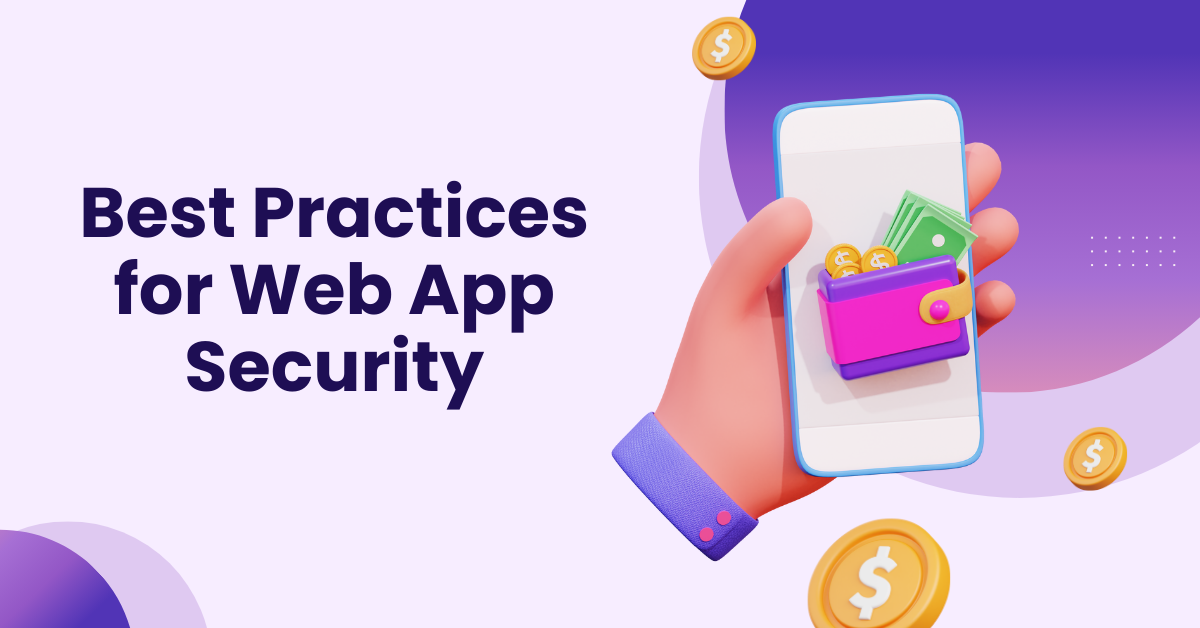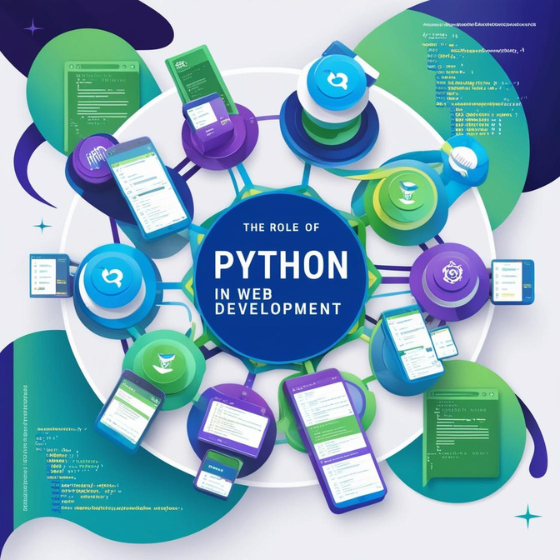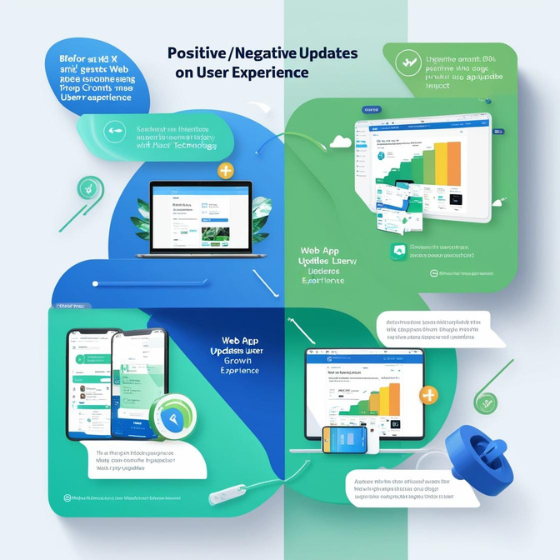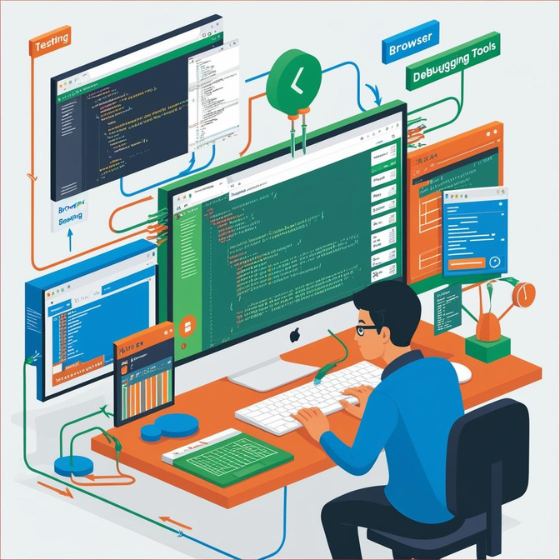In today’s digital landscape, web app security is paramount. As cyber threats continue to evolve, ensuring the security of web applications is crucial for protecting sensitive data and maintaining user trust. At Sodio, we specialize in building Apps, Web Apps, Blockchain, and AI Applications with a focus on robust security measures. This article explores best practices for web app security, highlighting Sodio’s expertise in delivering secure and high-quality solutions. For inquiries about how we can help secure your web applications, Contact Us.
Understanding Web App Security
Web app security involves protecting web applications from threats that could compromise their functionality, data integrity, and user privacy. Common security threats include SQL injection, cross-site scripting (XSS), cross-site request forgery (CSRF), and data breaches. Implementing best practices for web app security helps mitigate these risks and ensures that applications remain safe and reliable.
1. Secure Coding Practices
One of the foundational aspects of web app security is writing secure code. Developers should follow secure coding guidelines to prevent common vulnerabilities.
Input Validation
Proper input validation ensures that user inputs are checked for correctness before processing. This practice helps prevent SQL injection and XSS attacks.
Parameterized Queries
Using parameterized queries or prepared statements in database interactions prevents SQL injection attacks by separating SQL code from data.
Output Encoding
Encoding output helps prevent XSS attacks by ensuring that data is properly rendered in the browser without being executed as code.
Sodio builds Apps, Web Apps, Blockchain, and AI Applications. For project inquiries, Contact Us.
2. Authentication and Authorization
Strong authentication and authorization mechanisms are critical for ensuring that only authorized users can access sensitive parts of a web application.
Multi-Factor Authentication (MFA)
Implementing MFA adds an extra layer of security by requiring users to provide two or more verification factors to gain access.
Role-Based Access Control (RBAC)
RBAC restricts access to resources based on the user’s role within the organization. This ensures that users have only the permissions necessary to perform their tasks.
Sodio builds Apps, Web Apps, Blockchain, and AI Applications. For project inquiries, Contact Us.
3. Data Encryption
Encryption protects sensitive data both in transit and at rest. By encrypting data, developers can ensure that even if data is intercepted or accessed without authorization, it remains unreadable.
HTTPS
Using HTTPS ensures that data transmitted between the user’s browser and the server is encrypted, preventing interception and tampering.
Data Encryption at Rest
Encrypting data stored in databases and other storage solutions protects it from unauthorized access, even if the storage medium is compromised.
4. Regular Security Audits and Testing
Regular security audits and testing help identify and address vulnerabilities before they can be exploited by attackers.
Penetration Testing
Penetration testing simulates attacks on the application to identify vulnerabilities that could be exploited. This proactive approach helps developers fix issues before they become a problem.
Code Reviews
Conducting code reviews ensures that security best practices are being followed and that potential vulnerabilities are identified and addressed early in the development process.
Sodio builds Apps, Web Apps, Blockchain, and AI Applications. For project inquiries, Contact Us.
5. Secure APIs
APIs are a critical component of modern web applications, and securing them is essential to prevent unauthorized access and data breaches.
Authentication and Authorization
APIs should use strong authentication and authorization mechanisms to ensure that only authorized users and systems can access them.
Rate Limiting
Rate limiting helps prevent abuse by limiting the number of requests that can be made to an API within a given timeframe.
Input Validation
Validating input data for APIs ensures that only valid and expected data is processed, preventing attacks such as injection and buffer overflow.
6. Session Management
Proper session management is crucial for maintaining user security and preventing unauthorized access.
Secure Cookies
Using secure cookies ensures that session information is transmitted over encrypted channels, preventing interception by attackers.
Session Expiry
Implementing session expiry and automatic logout mechanisms ensures that inactive sessions are terminated, reducing the risk of unauthorized access.
Sodio builds Apps, Web Apps, Blockchain, and AI Applications. For project inquiries, Contact Us.
7. Security Headers
Security headers provide additional layers of security by controlling how web browsers behave when handling the web application’s content.
Content Security Policy (CSP)
CSP helps prevent XSS attacks by specifying which sources of content are allowed to be loaded and executed by the browser.
X-Content-Type-Options
This header prevents MIME type sniffing, which can lead to security vulnerabilities by ensuring that browsers interpret files as the specified MIME type.
X-Frame-Options
This header protects against clickjacking attacks by specifying whether a browser should be allowed to render a page in a <frame>, <iframe>, or <object>.
8. Monitoring and Logging
Monitoring and logging are essential for detecting and responding to security incidents in real-time.
Intrusion Detection Systems (IDS)
IDS monitor network and application traffic for signs of malicious activity and alert administrators to potential threats.
Log Management
Proper log management ensures that all relevant security events are recorded and can be reviewed for signs of suspicious activity.
Conclusion
Securing web applications is a multifaceted process that involves adopting a range of best practices, from secure coding and authentication to encryption and monitoring. At Sodio, we prioritize security in all our projects, ensuring that our clients receive applications that are not only functional and user-friendly but also secure and reliable. Our expertise in building Apps, Web Apps, Blockchain, and AI Applications equips us to handle the complex security challenges of modern web development. For inquiries about how we can help secure your web applications, Contact Us.
Sodio builds Apps, Web Apps, Blockchain, and AI Applications. For project inquiries, Contact Us.
At Sodio, we are committed to staying at the forefront of web app security, continuously updating our practices to address emerging threats and ensure the highest level of protection for our clients’ applications. Let us help you navigate the complexities of web app security and deliver solutions that stand the test of time.







